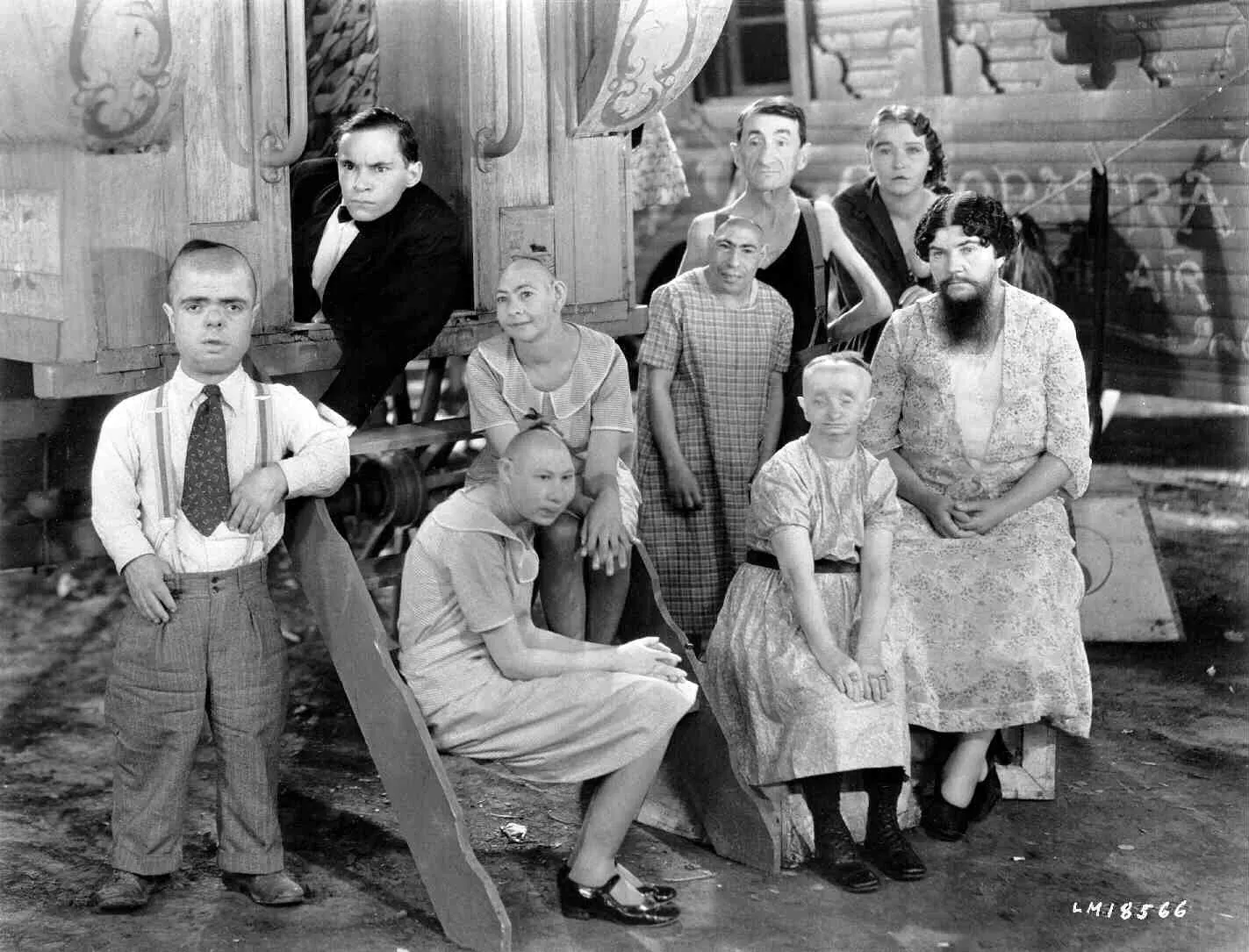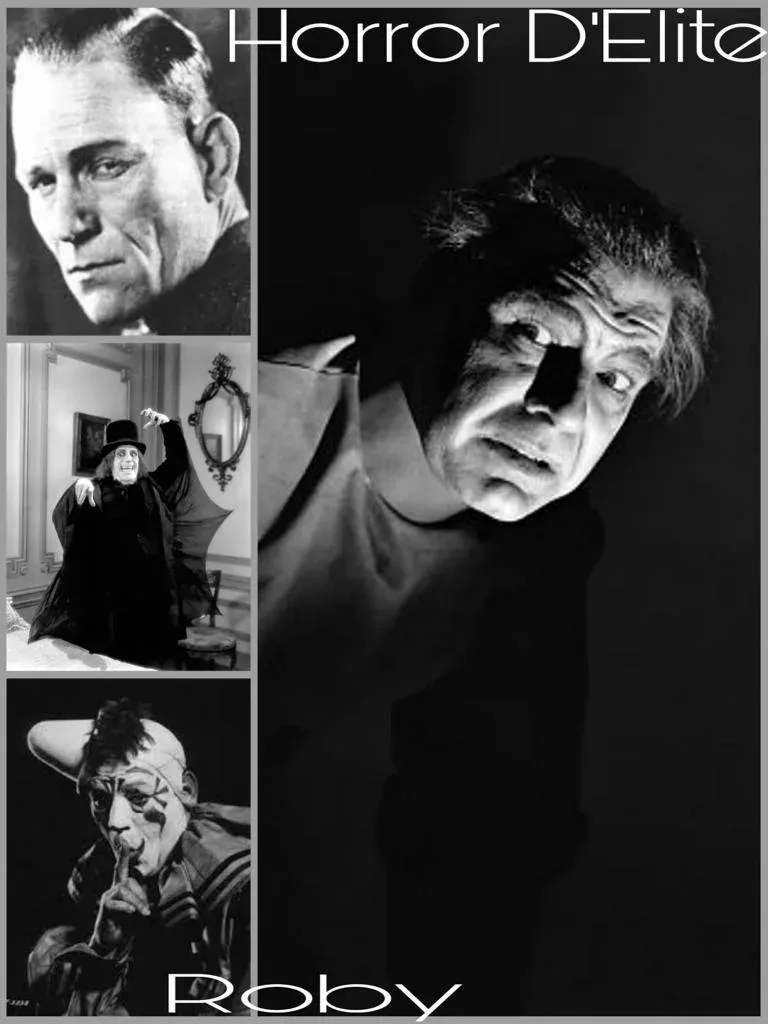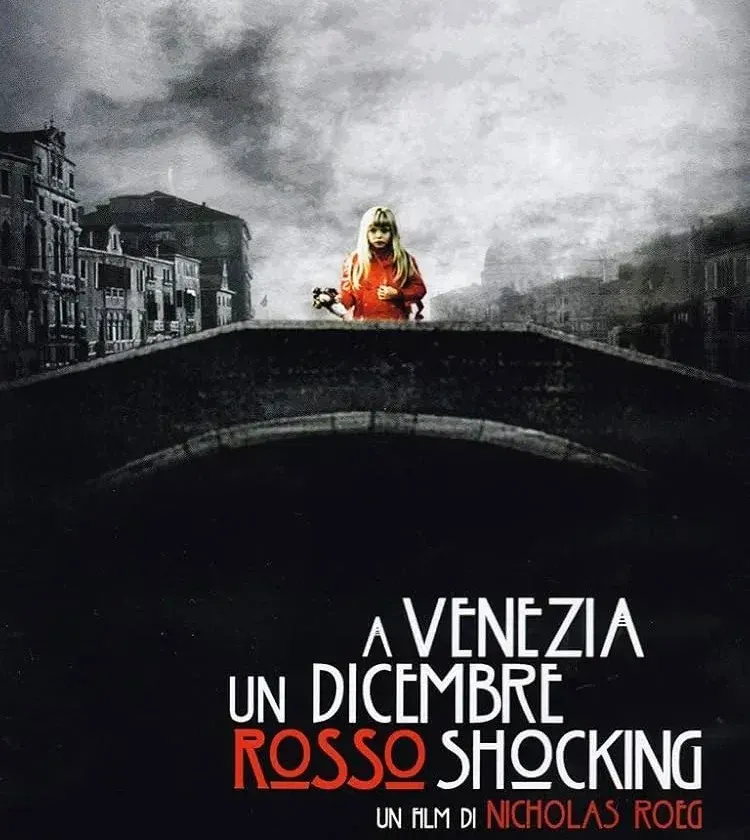Freaks
Freaks (1932): The Controversial Masterpiece by Tod Browning
“Freaks” of 1932, directed by the legendary filmmaker Tod Browning. With its bold and unsettling portrayal of the world of traveling circuses and its “freaks” (sideshow performers), Browning turns an original story of love, betrayal, and revenge into a visually extraordinary and morally complex masterpiece.
Plot:
The plot of “Freaks” follows the story of Hans, a trapeze artist in a traveling circus, and his girlfriend Cleopatra, a beautiful trapeze artist. Cleopatra, however, is mainly interested in his inheritance and engages in a relationship with the circus strongman, Hercules. When she discovers that Hans has a considerable fortune, Cleopatra conspires with Hercules to poison him and seize his money. However, Cleopatra and Hercules underestimate the power and loyalty of the “freaks” community, who unite to avenge the betrayal suffered by one of their own.
Controversies and Reception:
“Freaks” was met with mixed reactions when it was originally released in 1932. The depiction of people with physical deformities as protagonists in the film sparked outrage and disgust in some viewers, leading to significant cuts and even the banning of the film in many cities across the United States. However, despite its controversial initial reception, “Freaks” has become a cult classic over the years, gaining a devoted following and a reputation for pioneering work in the horror genre.
Themes:
Beyond its shock value, “Freaks” addresses deep themes related to tolerance, acceptance, and solidarity among society’s outcasts. The film conveys a powerful message about inner beauty and the strength of community, showing how people considered “different” by society can find comfort and support in each other. This message takes on even greater significance considering the historical context in which the film was made, at a time when people with disabilities were often treated with disdain and segregated from society.
Cinematic Legacy:
Despite its controversy and initial failure, “Freaks” is now considered a masterpiece of horror cinema and an example of bold and provocative auteur filmmaking. The film has influenced numerous directors and subsequent works in the horror and cult cinema genres, demonstrating the power of the cinematic medium to provoke deep reflections on the human condition and society.
In conclusion, Tod Browning’s “Freaks” remains an unforgettable and iconic film that continues to spark debates and captivate audiences with its visual audacity and universal themes. Despite its imperfections, the film remains an extraordinary work that deserves to be seen and reevaluated for its lasting impact on the history of cinema.







